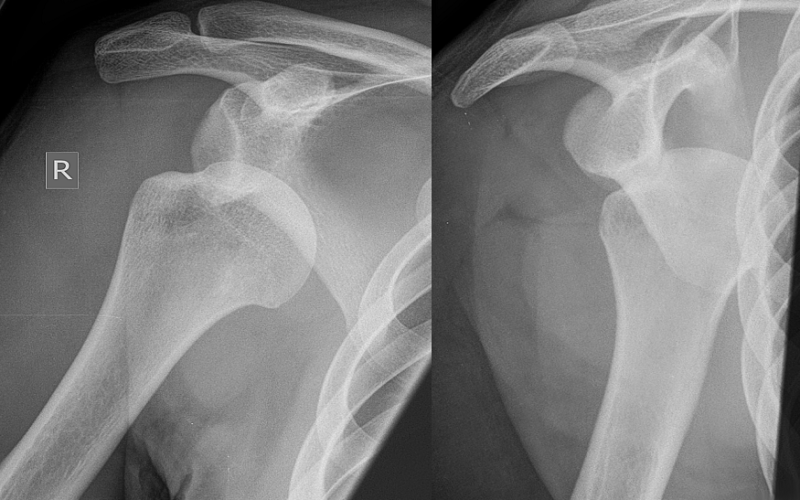To perform the day to day activities, one needs to take care of their limbs and shoulder. But the normal anatomic process might result in shoulder instability. You might get into trouble if you don’t get your shoulder appropriately treated in Singapore. Shoulder instability generally means the slipping of the shoulder out of its place. It even takes place when shoulders are torn and stretched in the wrong way leading to the shoulder’s displacement due to the ligaments, ball, and socket of the shoulder, which holds it at its place. Depending upon so many things, you can get your shoulder instability treatment at braces in Singapore.
What has raised this issue in humans?
The posterior dislocation of shoulder problem increases day by day and can be seen even in below forty people. In most cases, the question of frozen shoulders arises for no reason. A minor injury can even cause it. According to specialists in Singapore, this problem is more frequent in people who have diabetes.
In the initial days, it starts with minor pain and later on turns into severe pain. These pains mainly affect at night while sleeping. It sometimes gets worse with sudden movements when you try to find the most comfortable position for sleep. Later on, if the problem does not get cured, it results in more severe pain and stiffness while moving the shoulders, also known as “the freezing stage.” Reaching this stage, regular movements in the shoulder also becomes difficult in day to day activities like changing clothes, looking for items overhead, etc. Finally comes the thawing stage, where the pain subsides, and the frozen shoulder starts regaining its previous movement. This entire process generally takes up to 18 months under the directions of a physiotherapist. During these phases, the Singapore physiotherapists guide the patients regarding the shoulders’ movements to cure the frozen shoulder.
What is the treatment of it?
Most of the treatments related to frozen shoulders involve the process of reducing or controlling pain and maintaining motion in the shoulder as much as possible.
- Medication: –For treating frozen shoulder, generally aspirin is useful, but doctors prefer some drugs to reduce pain and inflammation.
- Therapy: – This includes physical exercises to continue the motions in the shoulder. A physical therapist can tell you so many activities. Exercise plays a significant role in reducing pain.
- Other Procedures: –In most of the cases, frozen shoulders get improved within 12 to 18 months, but if they do not improve then, the doctors suggest steroid injections, surgery, etc.
Posterior dislocation of shoulder takes time to improve, but its symptoms are quite visible to understand if one has a problem with a frozen shoulder or not.

